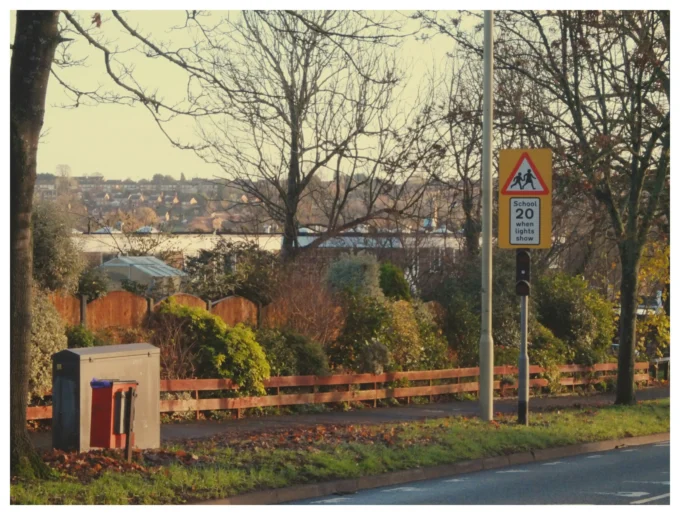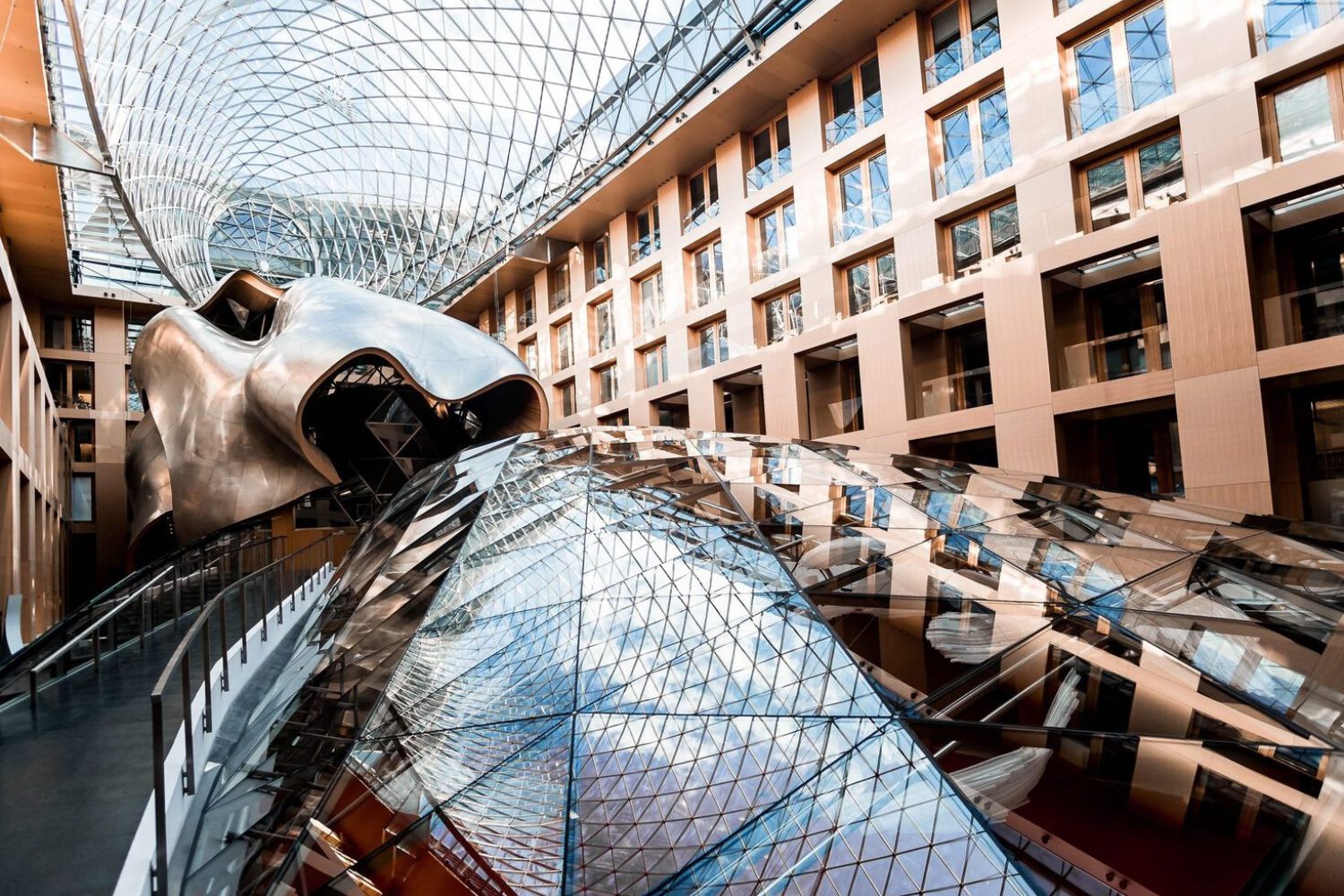- Home
- Articles
- Architectural Portfolio
- Architectral Presentation
- Inspirational Stories
- Architecture News
- Visualization
- BIM Industry
- Facade Design
- Parametric Design
- Career
- Landscape Architecture
- Construction
- Artificial Intelligence
- Sketching
- Design Softwares
- Diagrams
- Writing
- Architectural Tips
- Sustainability
- Courses
- Concept
- Technology
- History & Heritage
- Future of Architecture
- Guides & How-To
- Art & Culture
- Projects
- Interior Design
- Competitions
- Jobs
- Store
- Tools
- More
- Home
- Articles
- Architectural Portfolio
- Architectral Presentation
- Inspirational Stories
- Architecture News
- Visualization
- BIM Industry
- Facade Design
- Parametric Design
- Career
- Landscape Architecture
- Construction
- Artificial Intelligence
- Sketching
- Design Softwares
- Diagrams
- Writing
- Architectural Tips
- Sustainability
- Courses
- Concept
- Technology
- History & Heritage
- Future of Architecture
- Guides & How-To
- Art & Culture
- Projects
- Interior Design
- Competitions
- Jobs
- Store
- Tools
- More
Optimizing Teamwork: How AI Assistants Streamline Architectural Workflows

In architectural studios where creativity intersects with precision, the balance between collaboration and execution can make or break a project. Teams juggle design tools, technical constraints, evolving client needs, and a constant stream of internal communication. Yet, in many firms, the backend operations—such as project documentation, task management, and stakeholder updates—remain fragmented, slowing momentum and overloading teams.
The adoption of AI tools in architecture has often been associated with generative design or 3D modeling automation. But there’s another layer of value that’s gaining attention: AI assistants integrated into daily workflows to help internal teams communicate better, access knowledge faster, and reduce misalignment. These intelligent systems aren’t replacing architects—they’re reducing the invisible friction that steals hours and energy from the creative process.
This is where support agent productivity boosted with AI suggestions becomes not just a technical feature but a core team enabler. Whether answering routine questions, surfacing relevant documents, or streamlining communication, AI-powered assistants lighten the operational load. They help project coordinators, junior designers, and admin teams move faster and with more confidence, especially in distributed or multilingual firms.
Table of Contents
ToggleFrom Whiteboards to Real-Time Workflows
In many small-to-mid-sized architecture firms, project planning still happens across a mix of tools: Slack threads, Notion pages, Excel trackers, and the occasional paper sketch. This patchwork system works until it doesn’t.
Design iterations get lost in chat logs. A project brief gets misinterpreted because the latest version was stuck in someone’s inbox. A new hire spends half their first week figuring out naming conventions or file hierarchies. The result? Redundant communication, avoidable rework, and slow onboarding.
AI assistants address these gaps by becoming a context-aware bridge across tools, teams, and time zones. They help centralize knowledge, be it building codes, CAD file locations, or client-specific requirements, and make it instantly retrievable via natural language prompts.

Let’s say a designer asks the AI, “Where can I find the latest floor plan for the Munich residential project?” Instead of trawling through folders, the assistant locates the most recent version and provides a direct link. Over time, this saves not just minutes—but team morale.
AI as a Real-Time QA Layer for Communication
Architecture is a collaborative field, but it’s also high-stakes. A small miscommunication in an email to a contractor or an unclear message in a client presentation can result in costly errors. That’s why forward-thinking studios are integrating AI assistants as draft reviewers for outbound messages.
For example, before sending a complex project update, a project manager can have the AI review tone, verify factual consistency, and ensure all attachments are included. Think of it as a second pair of eyes, one that learns the studio’s communication style and improves over time.
This feature becomes even more valuable in multilingual firms or those working with international partners. The AI assistant can not only translate messages but also ensure that the translated text maintains clarity, professionalism, and technical accuracy.
Why Architectural Workflows Are Ready for AI Collaboration
Here’s where CoSupport AI and similar assistants stand out: their ability to plug into the daily routines of design professionals without disrupting their tools or thinking. They’re built to augment, not replace, the high-context decisions architects make every day.
Below are a few reasons AI assistants are finding a natural fit inside architectural teams:
- Centralized Knowledge Retrieval: Surface past project specs, design rationale, or approval history instantly via chat
- Ticket Routing: When an internal team needs IT, HR, or admin help, requests are auto-categorized and assigned
- Status Checks & Notifications: Team members can query the assistant for live updates on project phases or review timelines
- Training Support: New hires can ask how to complete tasks and receive firm-specific, role-based instructions
These features aren’t aspirational. They’re already embedded into leading AI support systems like CoSupport AI, and their presence is quietly changing how architecture studios scale operations without adding headcount.
Case in Point: Streamlining Internal Requests
Imagine this scenario: a junior architect wants to request a rendering machine for a deadline crunch. Instead of navigating multiple platforms to find the right form, person, or email thread, they simply ask the AI assistant in Slack:
“How do I request overnight render time for Project Aurora?”
The AI replies with:
“You can request it [here]. The deadline must be stated. Expected file size should be under 5GB. Want me to fill it in for you?”
Within 30 seconds, the request is complete. No confusion, no delays, and no manager pulled away from critical design reviews to answer the same question for the third time that month.

Measuring the Impact
A natural question is: How do you know it’s working? When you bring AI into collaborative work, the ROI isn’t always immediate—but it becomes clear in pattern changes.
Studies from McKinsey and Deloitte have shown that AI-enhanced teams report:
- Up to 30% reduction in time spent searching for internal information
- 20–40% fewer miscommunications in cross-functional tasks
- Increased project delivery confidence due to better knowledge access
Most notably, these tools reduce the need for task-switching—a major productivity killer in creative environments. Source: McKinsey Digital, “The State of AI in 2023: Generative AI’s Breakout Year”
Final Thoughts
Great architecture relies on clear thinking, aligned teams, and timely execution. AI assistants might not design your next sustainable masterplan, but they can ensure that the team behind it is organized, responsive, and focused.
By adopting intelligent assistants like CoSupport AI into your studio’s daily flow, you’re not just improving ticket response or support—you’re setting up an ecosystem where clarity, speed, and alignment become your studio’s default.
The firms that succeed in the next decade will be those that treat operational excellence as a creative enabler. And increasingly, AI will be the quiet teammate helping make that possible.
illustrarch is your daily dose of architecture. Leading community designed for all lovers of illustration and #drawing.
Submit your architectural projects
Follow these steps for submission your project. Submission FormLatest Posts
Furniture Movers by the Hour: Complete Guide to Hourly Moving Services in 2025
Introduction Furniture movers by the hour are professional moving services that charge...
Where To Charge Rivian: Complete Guide to Charging Locations and Networks
Introduction Rivian electric vehicle owners can charge their vehicles through multiple charging...
Frank Gehry Architecture: Style, Innovation and Iconic Works
Frank Gehry is one of the most influential architects of our time,...
The Dialogue Between Islamic Architecture and Modern Design
Explore Islamic architecture and modern design: climate-smart strategies, case studies, and courtyards,...












Leave a comment